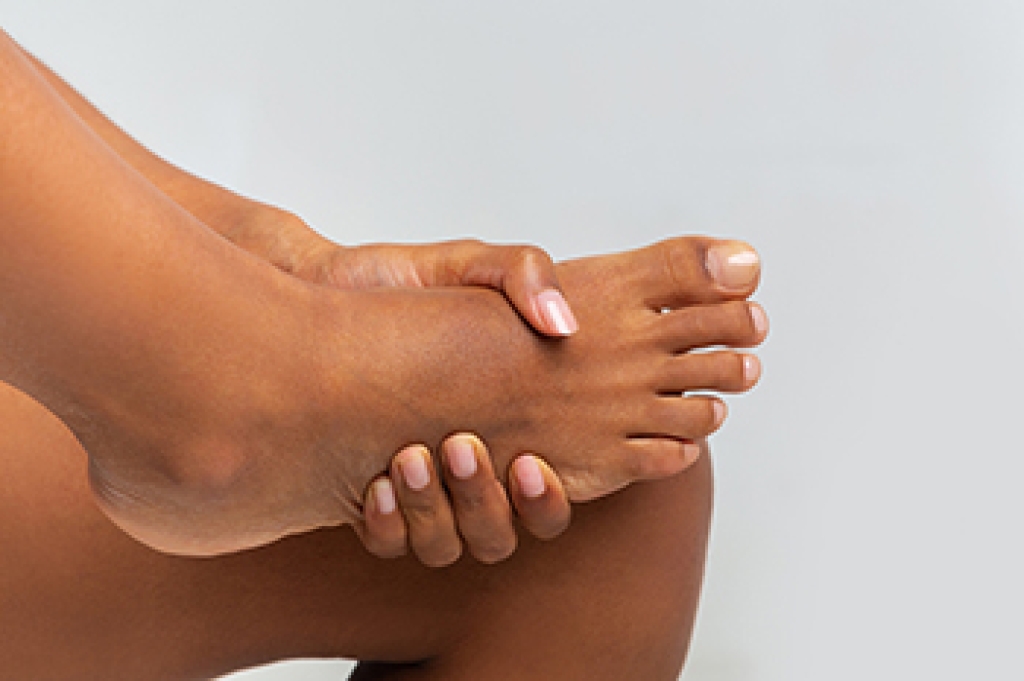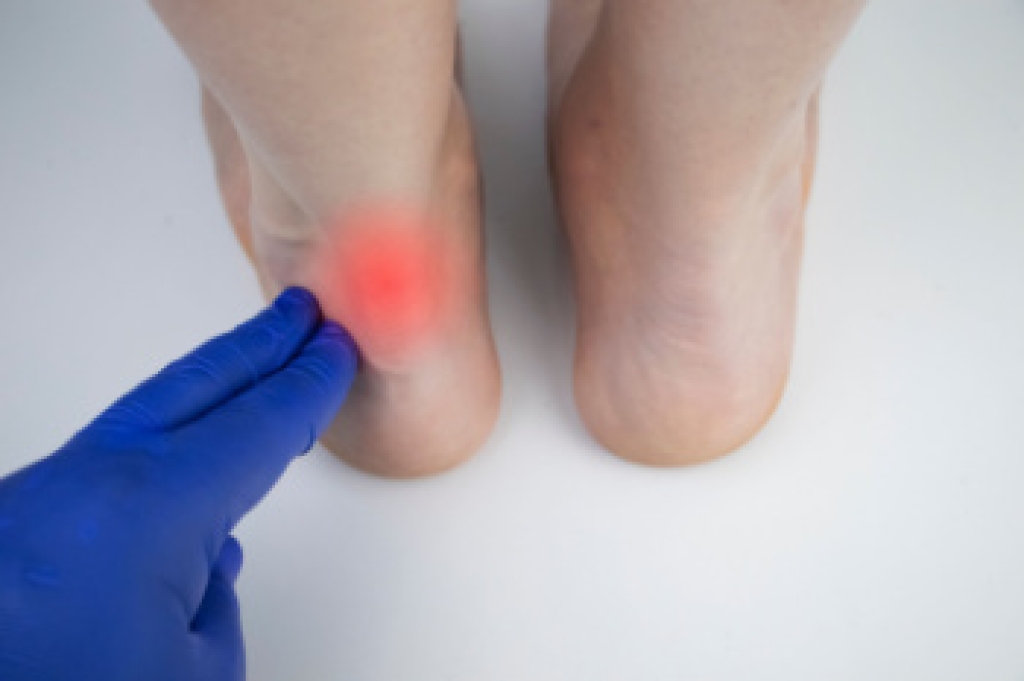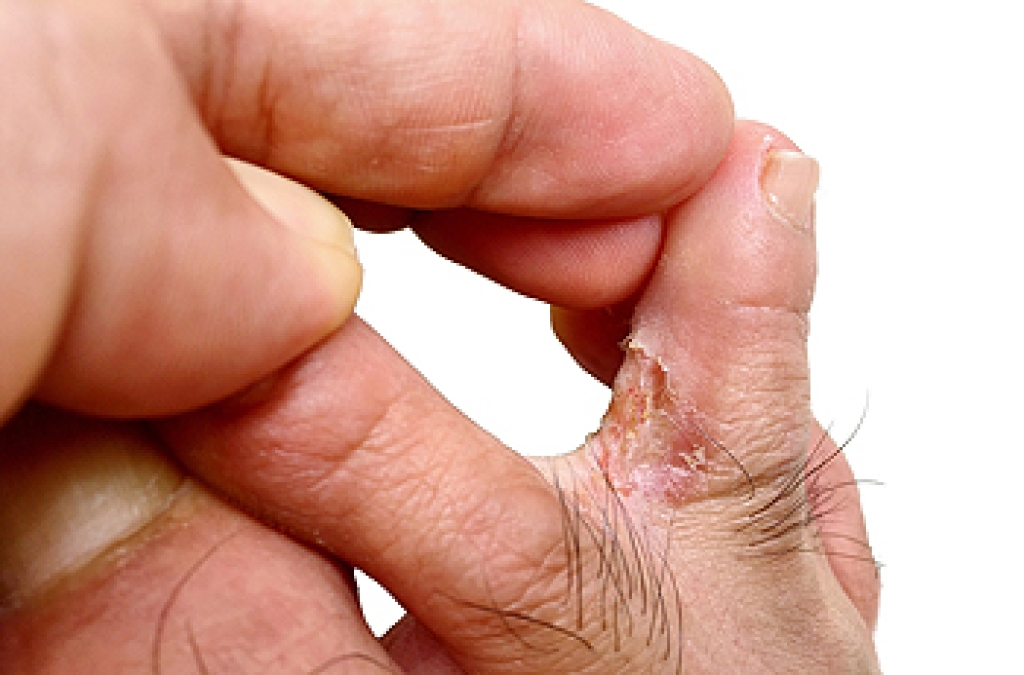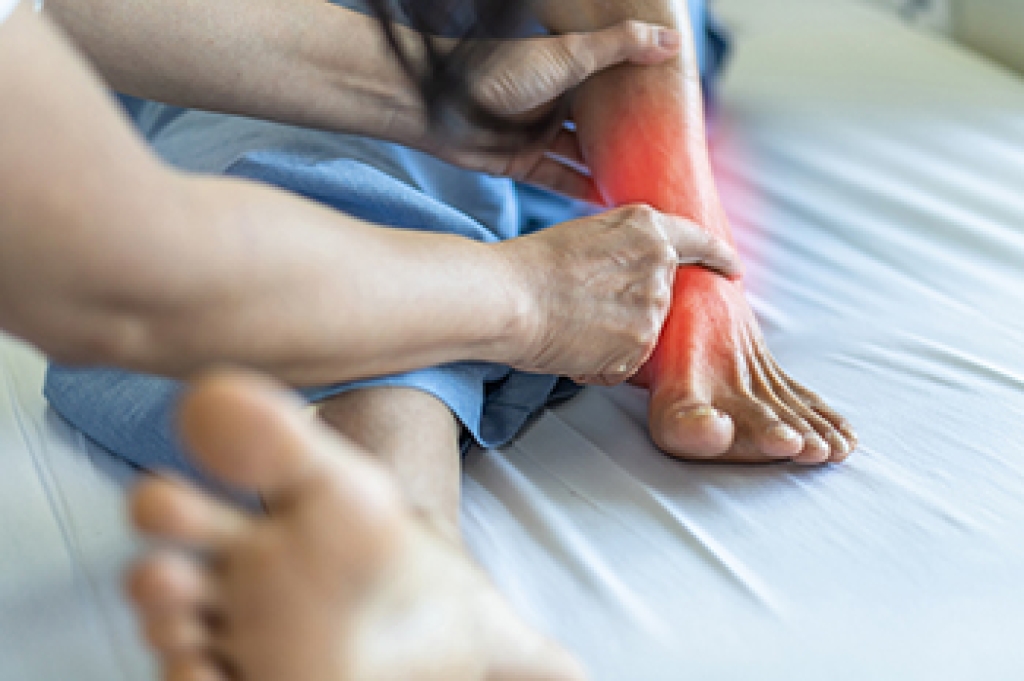
Foot pain is a common issue that can significantly impact mobility and quality of life. Sprains occur when ligaments are stretched or torn, usually from twisting injuries. Gout is a form of arthritis caused by uric acid buildup, leading to sudden, intense joint pain, often in the big toe. Blisters form from friction, creating fluid-filled sacs, while corns are hardened skin caused by pressure or rubbing. Blisters appear as raised bumps, and corns look like thick, rough patches of skin. Symptoms vary, but may include swelling, redness, sharp or throbbing pain, tenderness, and difficulty walking. Sprains may cause bruising and gout results in hot, swollen joints. Podiatrists can offer treatments such as targeted exercises, anti-inflammatory medications, custom orthotics, drainage of blisters, or corn removal. If you have foot pain, it is suggested that you schedule an appointment with a podiatrist for an accurate diagnose and effective treatment plan.
Foot Pain
Foot pain can be extremely painful and debilitating. If you have a foot pain, consult with Alex Kim, DPM from AVID Foot & Ankle Center. Our doctor will assess your condition and provide you with quality foot and ankle treatment.
Causes
Foot pain is a very broad condition that could be caused by one or more ailments. The most common include:
- Bunions
- Hammertoes
- Plantar Fasciitis
- Bone Spurs
- Corns
- Tarsal Tunnel Syndrome
- Ingrown Toenails
- Arthritis (such as Gout, Rheumatoid, and Osteoarthritis)
- Flat Feet
- Injury (from stress fractures, broken toe, foot, ankle, Achilles tendon ruptures, and sprains)
- And more
Diagnosis
To figure out the cause of foot pain, podiatrists utilize several different methods. This can range from simple visual inspections and sensation tests to X-rays and MRI scans. Prior medical history, family medical history, and any recent physical traumatic events will all be taken into consideration for a proper diagnosis.
Treatment
Treatment depends upon the cause of the foot pain. Whether it is resting, staying off the foot, or having surgery; podiatrists have a number of treatment options available for foot pain.
If you have any questions, please feel free to contact our office located in Little Elm, TX . We offer the newest diagnostic and treatment technologies for all your foot care needs.




